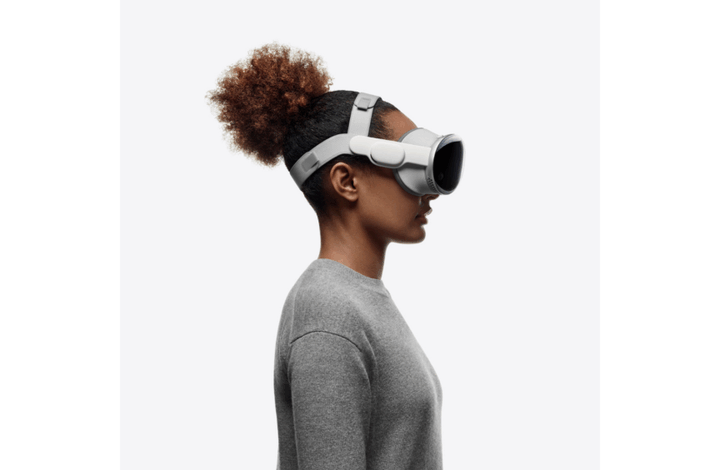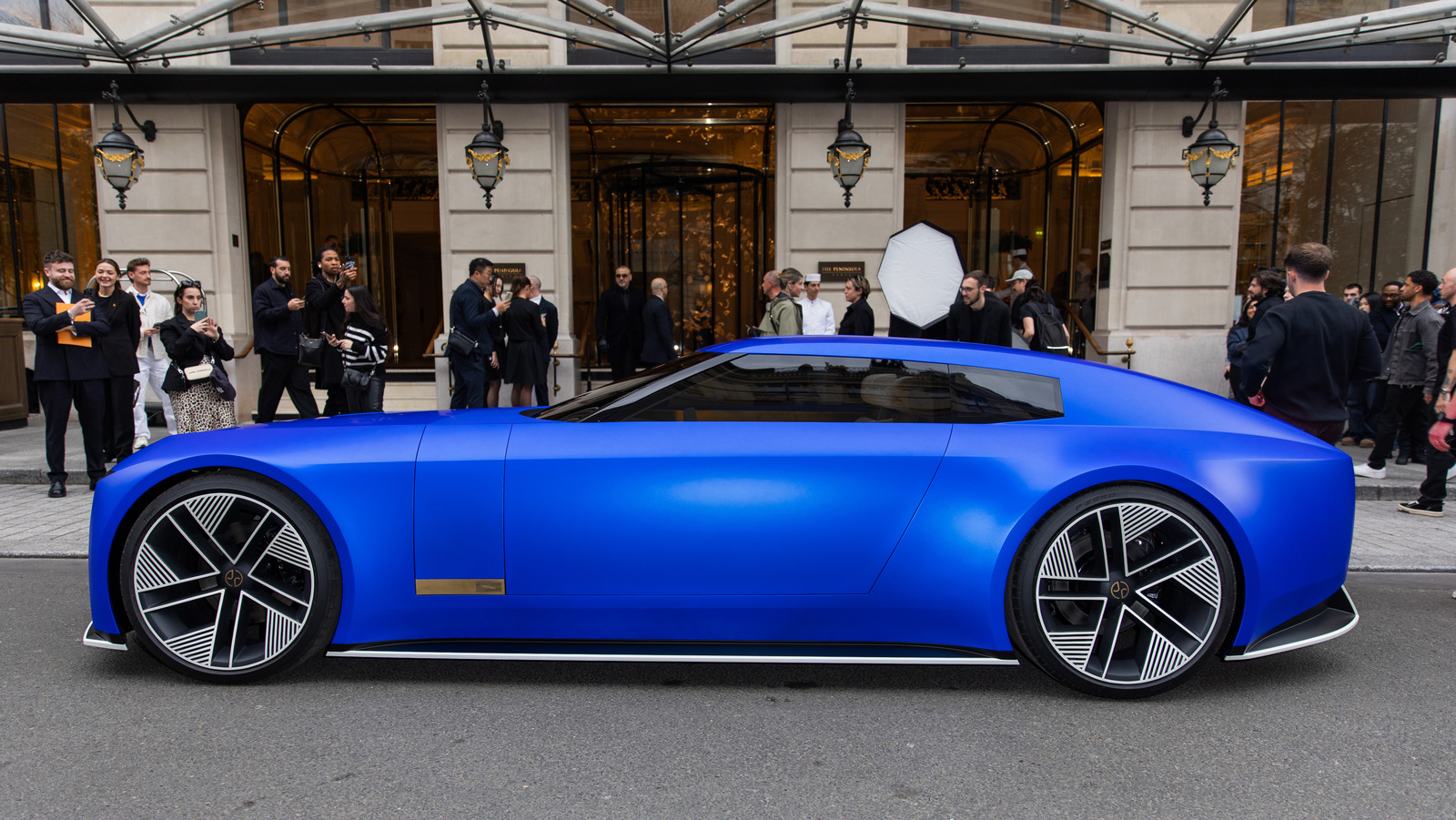Apple’s Vision Pro Faces Challenges with Slow Content Rollout

Apple Inc. is experiencing difficulties with the adoption of its Vision Pro headset, primarily due to its steep price and limited engaging features. According to a report by Bloomberg’s Mark Gurman, the company’s slow release of immersive video content has left users wanting for more. Since its launch approximately a year and a half ago, sales of the Vision Pro in the United States have reportedly failed to reach 1 million units.
Despite various enhancements to its operating system and the introduction of new applications, the Vision Pro remains a niche product in a competitive market. During the last earnings call, Apple CEO Tim Cook described the Vision Pro as an “area we really believe in,” though he provided no indication of imminent improvements or updates. The next version of the device, expected to release later this year, will feature a faster chip but is unlikely to provide the significant changes many consumers desire. A more extensive upgrade, which may include a lighter and more affordable model, is projected for 2027.
Concern Over Future Viability
The sluggish pace of technological advancement raises concerns about the future viability of the Vision Pro product line. As the market evolves, the risk increases that the device could become obsolete before it receives meaningful upgrades. Although the Vision Pro is capable of displaying 3D video and serving as a virtual computer monitor, the demand for these capabilities appears limited.
The potential for immersive video as a key selling point remains largely untapped. Apple’s hesitance to roll out content in this format is attributed to high production costs and lackluster sales performance. While third-party developers could potentially fill this content void, Apple’s cautious approach raises questions about their willingness to invest in a platform that has yet to prove its viability.
Challenges Ahead
As Apple navigates the complexities of enhancing the Vision Pro, it must also contend with consumer expectations. Many users look for unique capabilities that differentiate the headset from other products on the market. The company’s slow content rollout not only hampers user engagement but also diminishes the overall appeal of the device.
The future of the Vision Pro largely depends on Apple’s ability to attract developers and content creators. Without a robust library of immersive experiences, the headset risks being relegated to a limited audience. As the tech giant rolls out updates and plans for more affordable alternatives, the pressure will be on to ensure that the Vision Pro not only meets but exceeds the expectations of a rapidly changing market.






